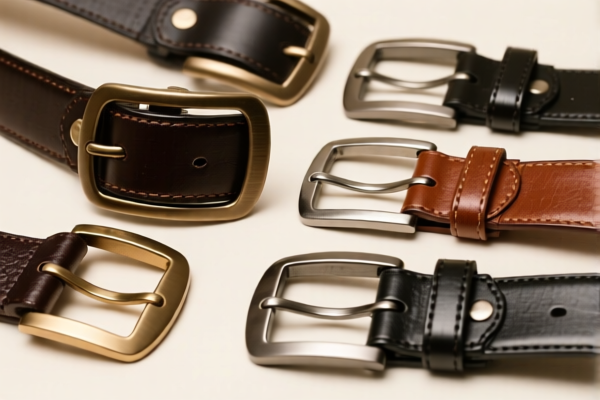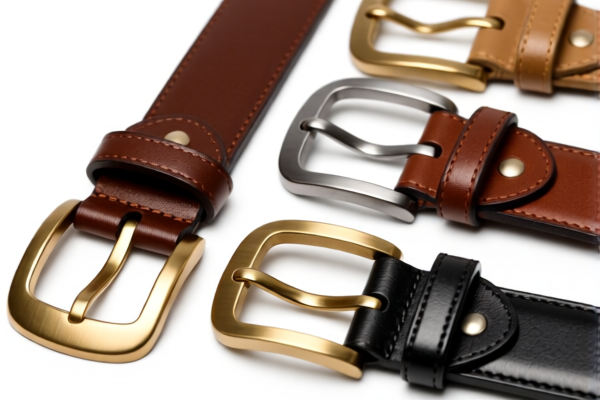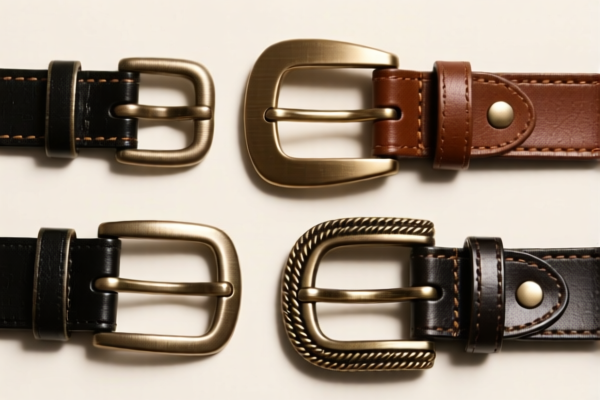| HS Code | Official Doc | Tariff Rate | Origin | Destination | Effective Date |
|---|---|---|---|---|---|
| 8487900080 | Doc | 83.9% | CN | US | 2025-05-12 |
| 8487900040 | Doc | 58.9% | CN | US | 2025-05-12 |




Button Set
A button set, commonly referred to as a button group, is a collection of individual buttons typically designed to work in conjunction, often to represent a related set of options or commands. These sets enhance user interface (UI) design by providing a visually cohesive and organized method for presenting choices.
Material
Button sets are primarily digital elements, thus their "material" is defined by software and visual design. Common implementations utilize:
- Graphical User Interface (GUI) Elements: These are constructed using programming languages and UI frameworks (e.g., HTML, CSS, JavaScript, Swift, Kotlin, etc.). The visual appearance is created through images, icons, and styling.
- Physical Buttons (less common in modern UI): In hardware applications, button sets can be comprised of physical tactile buttons arranged in a group. These are constructed from plastics, metals, and internal switch mechanisms.
Purpose
The primary purpose of a button set is to:
- Group Related Actions: Logically associate actions or options, improving usability.
- Provide Clear Choices: Present a defined set of alternatives to the user.
- Reduce Clutter: Consolidate multiple individual buttons into a more manageable unit.
- Enhance Visual Appeal: Create a cleaner and more organized interface.
Function
Button sets function by allowing the user to select one option (or, in some cases, multiple options) from a predefined list. The selection triggers a corresponding action or change within the application. Common functionalities include:
- Exclusive Selection: Only one button within the set can be active at a time (e.g., radio buttons). Selecting a new button automatically deselects the previously selected one.
- Multiple Selection: Multiple buttons can be active simultaneously (e.g., checkboxes).
- Toggle Functionality: Buttons can switch between two states (on/off, selected/unselected).
- Command Execution: Selecting a button triggers a specific function or process.
Usage Scenarios
Button sets are widely used across various applications:
- Toolbars: Commonly found in software applications for quick access to frequently used commands (e.g., bold, italic, underline in a text editor).
- Form Input: Used for selecting options in forms (e.g., selecting a payment method, choosing a shipping address).
- Navigation: Implementing tabbed navigation or selecting different views within an application.
- Filtering and Sorting: Selecting filter criteria or sorting options in data displays.
- Media Controls: Play, pause, stop, volume control in media players.
- Game User Interfaces: Selecting actions, abilities, or game modes.
Common Types
- Radio Button Groups: Allow the user to select only one option from a set. Visually represented as circular buttons.
- Checkbox Groups: Allow the user to select multiple options from a set. Visually represented as square buttons.
- Toggle Buttons: Switch between two states (on/off, selected/unselected) with a single click. Often visually represented with a switch or slider.
- Segmented Control (iOS): A horizontal bar containing multiple buttons, allowing the user to select one option from a set.
- Button Toolbars: Horizontal or vertical arrangements of buttons representing common commands.
- Dropdown Buttons: A button that reveals a menu of additional options when clicked.
- Icon Buttons: Buttons that use icons instead of text to represent their function.
Based on the provided information, the classification of “button set” is not directly specified. However, considering the description of machinery parts not containing electrical features, the following HS codes may be relevant:
- 8487900080: Machinery parts, not containing electrical connectors, insulators, coils, contacts or other electrical features, and not specified or included elsewhere in this chapter: Other. This code covers a broad category of machinery parts that do not fall under more specific classifications within Chapter 84. If the button set is considered a component of a larger machine and lacks electrical features, this could be applicable. The total tax rate is 83.9%, comprising a 3.9% base tariff, a 25.0% additional tariff, and a 30% additional tariff effective after April 2, 2025. Steel or aluminum products are subject to an additional 25% tariff.
- 8487900040: Machinery parts, not containing electrical connectors, insulators, coils, contacts or other electrical features, and not specified or included elsewhere in this chapter: Other Oil seals, other than those of chapter 40. While primarily for oil seals, this code also falls under the broader category of “Other” machinery parts without electrical features. If the button set functions as a sealing component within a machine, this code might be considered. The total tax rate is 58.9%, consisting of a 3.9% base tariff and a 25.0% additional tariff, with a 30% additional tariff applicable after April 2, 2025.
According to the provided reference material, the HS code options related to 'button set' are limited, with only the following 2 found.
Please note that the final HS code determination depends on the specific material composition, function, and application of the button set. Regarding HS codes 8487900080 and 8487900040, please verify the material of the button set, as steel or aluminum products are subject to an additional 25% tariff.
Customer Reviews
No reviews yet.